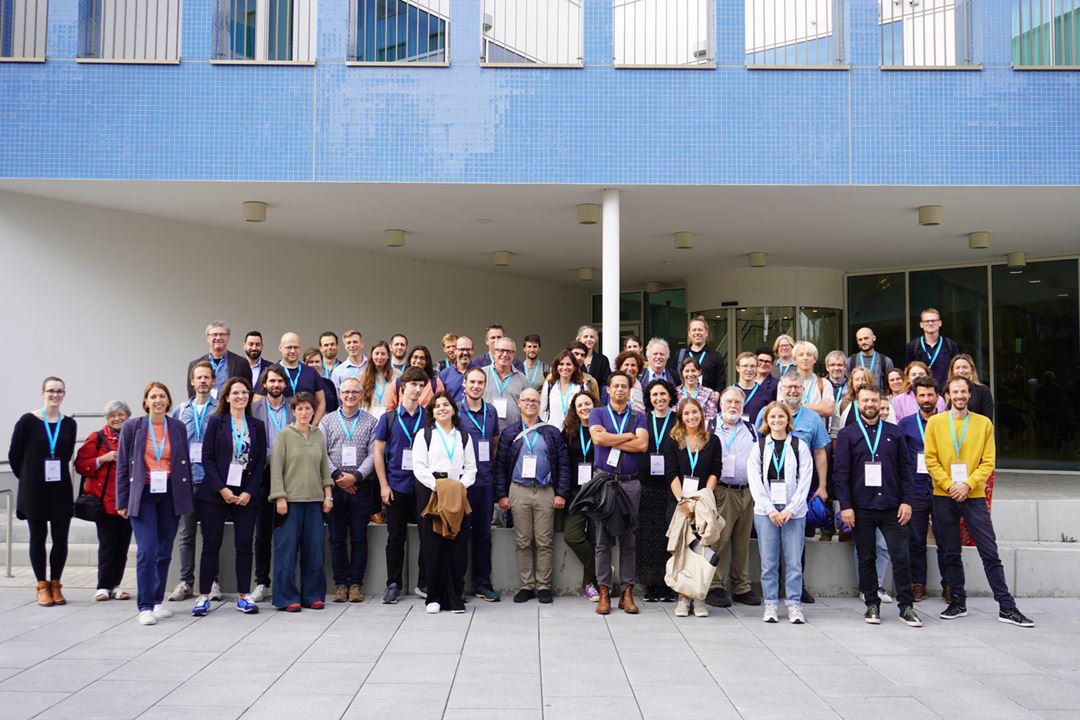Project Overview
In terms of observing, charting, and monitoring biodiversity, marine environments provide specific and unique challenges. Existing data collection activities on marine biodiversity vary in regional and temporal scales, and are frequently for specific and short-term objectives.
While significant progress has been made in Europe to collect, harmonise, and make available marine biodiversity data - particularly through the work of European research infrastructure (such as EMODnet, Copernicus Marine, and other related European and international initiatives (MBON, OBIS, GOOS) - much of the data currently being collected remains unavailable and inaccessible, the so-called "sleeping data."
The primary objective of the DTO-BioFlow project is to awaken sleeping biodiversity data, enabling a smooth integration of both existing and new data into the EU Digital Twin Ocean. DTO-BioFlow aims to provide innovative and sustainable solutions for making previously unavailable or hard-to-access biodiversity data accessible. Additionally, it aims to pilot cost-effective and scalable technologies for monitoring species on a large scale. DTO BioFlow aims to improve the European biodiversity data environment by streamlining the flow of FAIR data from various sources into digital twin repositories, optimizing and enhancing the functionality and societal value of DTO. Policy-relevant use cases will demonstrate the benefit for marine ecosystems of continuous data streams flowing through EMODnet and usable by the EU DTO infrastructures and ultimate end-users.
The DTO-BioFlow project kicked off on September 27th in Ostend, Belgium. The meeting was hosted at the InnovOcean Campus and organised by the Flanders Marine Institute (VLIZ), the project's coordinator, host and technical manager of the European Marine Observation and Data Network (EMODnet) portal.
Partners
The Consortium is made up of 30 partners from 14 countries, including research, infrastructures (e.g., EMBRC, LifeWatch), networks (MBON), organisations (ICES), global aggregators and platforms (OBIS), and others. The consortium partners bring together biological monitoring infrastructures and experts, data managers, and DTO developers. marine biodiversity-relevant policy development and implementation and enabling the Mission to meet its 2030 targets.

DTO-BioFlow Workplan
Six interconnected Work Packages will ensure the delivery of DTO-BioFlow’s objectives. All Work Packages have been designed to form a coherent work plan towards delivering on the project’s objectives: to unlock and sustain biodiversity data flows to a functioning and integrated biodiversity component of the DTO, to give the EU the capacity to monitor, measure, manage, protect and restore its marine and coastal ecosystems.
- WP1 - Project management and coordination
- WP2 - Increasing the flow of relevant biodiversity data
- WP3 - Enabling sustained flows of biodiversity monitoring data into the DTO
- WP4 - Demonstrate with policy-relevant use cases the benefit of an end-to-end approach for biodiversity monitoring
- WP5 - Integration in DTO infrastructure
- WP6 - Communication, dissemination, and exploitation
Our role
Our role is to work with the data pipeline for plankton imaging where we bring in our particle classification software PyOPIA. Additionally, we are leading a task in WP4 for the demonstrator cases and working with interoperability aspects of digital twin solutions in WP5. Here we bring in our expertise for the Digital Twins of the Ocean project Iliad and our UN Decade activities in the Data Coordination Group, The Digital Twins of the Ocean program DITTO and the affiliated project TURTLE – Interoperability architectures for a digital Ocean which is led by SINTEF Ocean. In WP6 we use these networks for communication and outreach.
Impact
By the end of the DTO-Bioflow project, the following impacts are expected:
- Europe has an advanced biodiversity/ecosystem monitoring capacity and infrastructure enabling comprehensive biodiversity mapping and monitoring of all Europe’s regional seas;
- Significant progress towards an operational DTO with a fit-for-purpose DTO biodiversity component;
- Mobilised and empowered European marine biodiversity monitoring community;
- Increased knowledge of biodiversity and pressures monitoring and forecasting capacity to assess & measure the progress of EU ocean policies.


